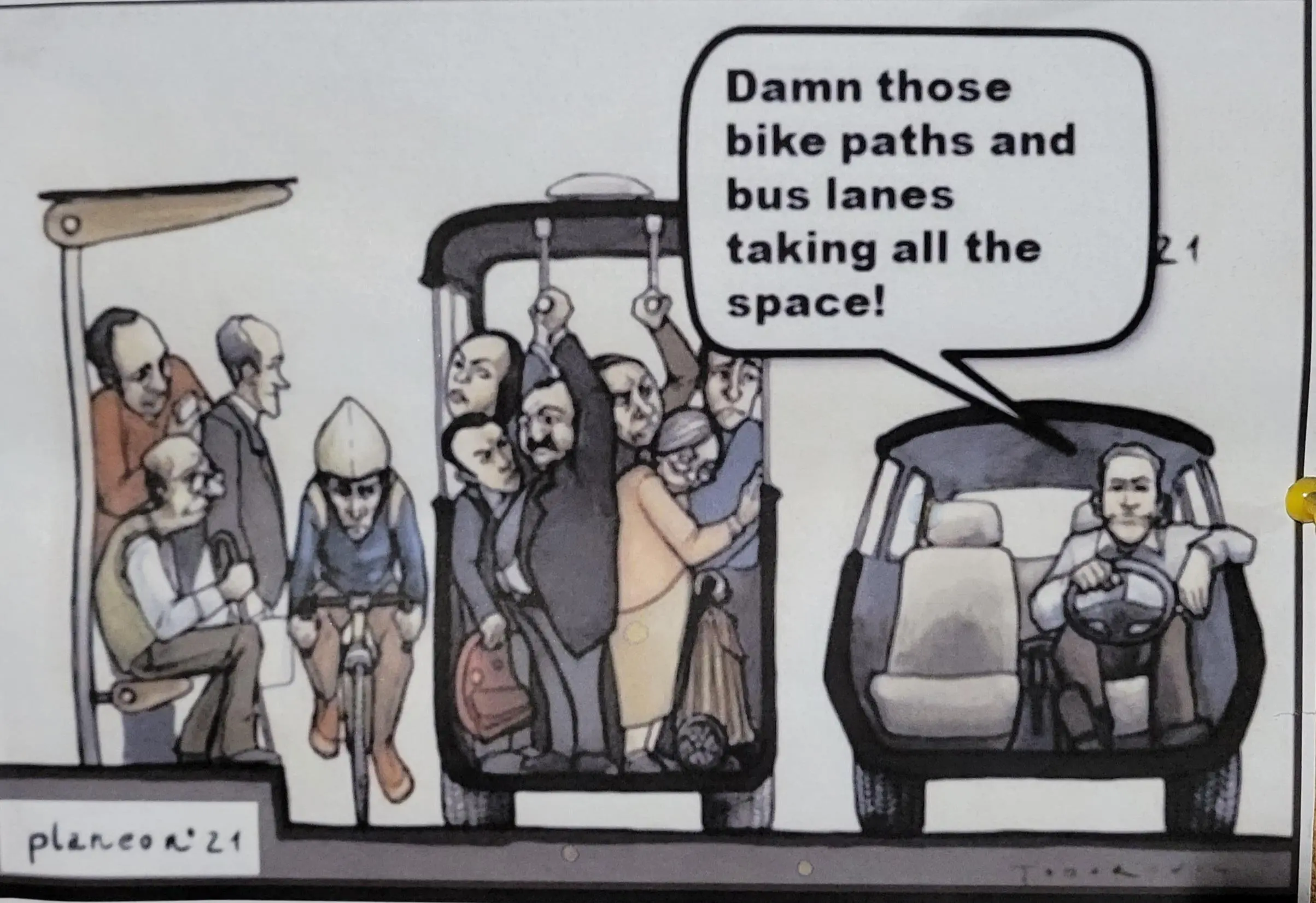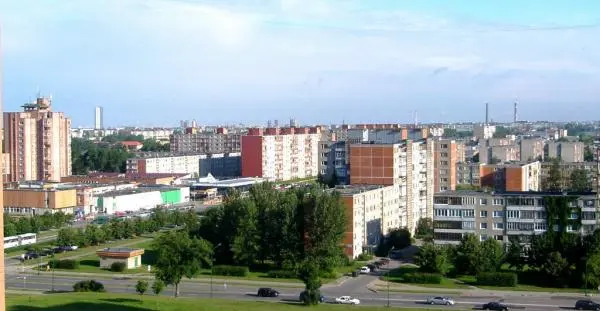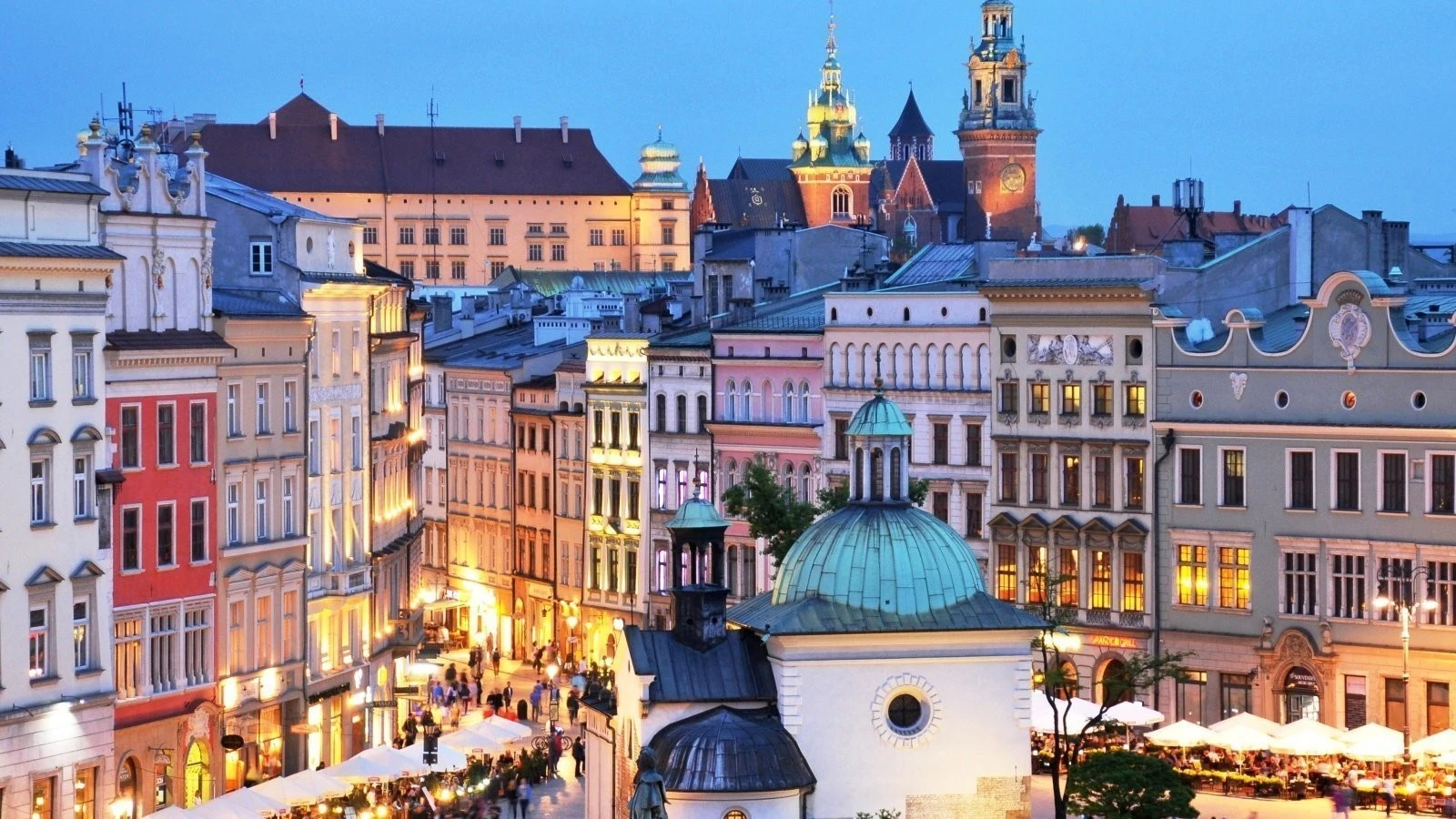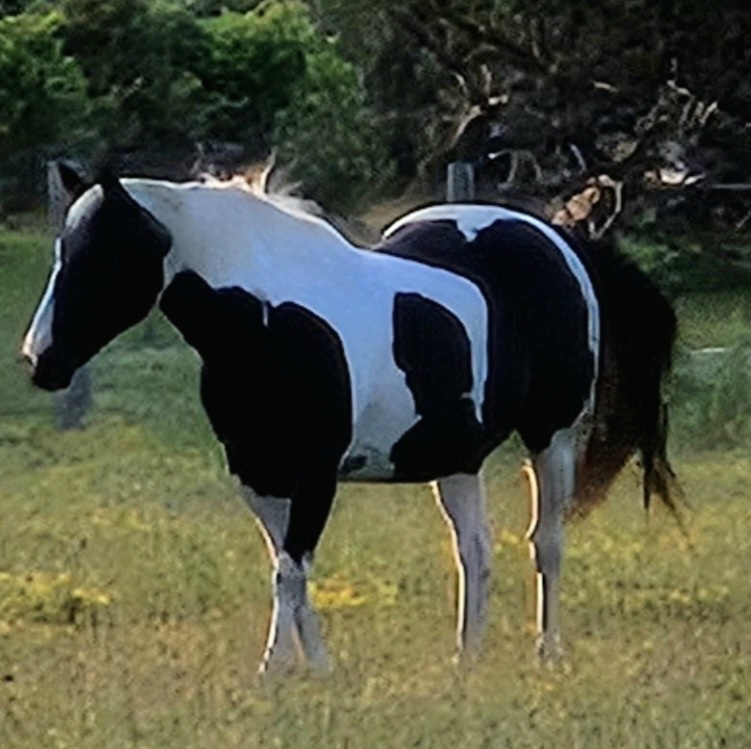
Friendly reminder that rowhouses exist and essentially break reality with how they provide the best of both worlds.
I fucking love rowhouses.
“envy of the world” lol
New York was pretty well envied around the world.
Cities Beautiful Pick one
Cities are noxious tumors on an otherwise beautiful planet.
False dichotomies are fun! There’s absolutely a type of beauty to a well-run, upkept city. Should everything be a city? Nope, we need green areas, probably even more green areas than cities. The two can and should coexist in harmony.
If you think cities are beautiful you are entitled to your opinion, I just disagree. I think they’re ugly
I think that your opinion is overly reductive. There are a lot of differences between cities and even parts of cities. There is a lot of variance between
 and
and

Walkable cities produce less pollution per capita than suburban or rural areas due to less pollution from commutes and increased efficiency delivering utilities (due to the population density).
Suburban sprawl is what truly makes ugly stains on our word - concrete everywhere, destroying the watershed, with no native grass in the medians, and so many cars spewing out fumes, micro plastics, and disrupting migration patterns. They’re depressing places to live.
I feel the same could be said about industrial agriculture replacing the smaller family run farms. Nothing is more depressing than driving through hundreds of miles of monoculture fields in the mid west full of corn.
We need to tons of small permaculture farms to supply our dense cities. Not vast swaths of land devoid of native species to feed us as efficiently as possible with corn, the earth be damned. We need to learn to live in harmony with out stark urban rural divides.
Permaculture farming also has massive abilities to sequester carbon in the soil, as well as other farming techniques that involve plowing crop yields back into the earth, similar to the rich soils of the Amazon Rainforst which archeologists have determined was artificially made by man, and still holds the carbon they put into it.
That’s a very fair point, and one I agree with. I also think it’d help to move away from capitalism though. Capitalism is the force that encourages so many companies to throw away excess food rather than give it away, because doing so would lower demand and be “bad for business”. If we could just reduce our food waste that alone would do wonders in decreasing land use for farms, monoculture or otherwise.
I also think, over time the world should become more vegetarian. Even if you believe in food chains and that it’s okay for us to eat meat in general, the farming of animals often in cartoonishly cruel conditions solely for our consumption is abhorrent. Moving from meat based diets to (at least mostly) plant based is a moral necessity, and on top of that will massively reduce emissions (15% comes from livestock), land use, and biodiversity loss
Y’all sure like putting words in my mouth. I don’t prefer suburbs, I just think cities are ugly
I didn’t assume you were a fan of suburbs, I just read your comment about cities being blights upon the earth and argued why I think suburbs are more blight-like.
The only assumption I made about you is that you’d appreciate an appeal to environmentalism, since you called earth our beautiful planet
I think I’d rather have very dense population centers with intermixed accessible green spaces would be far preferable to the sprawling suburbs like you see in Texas







